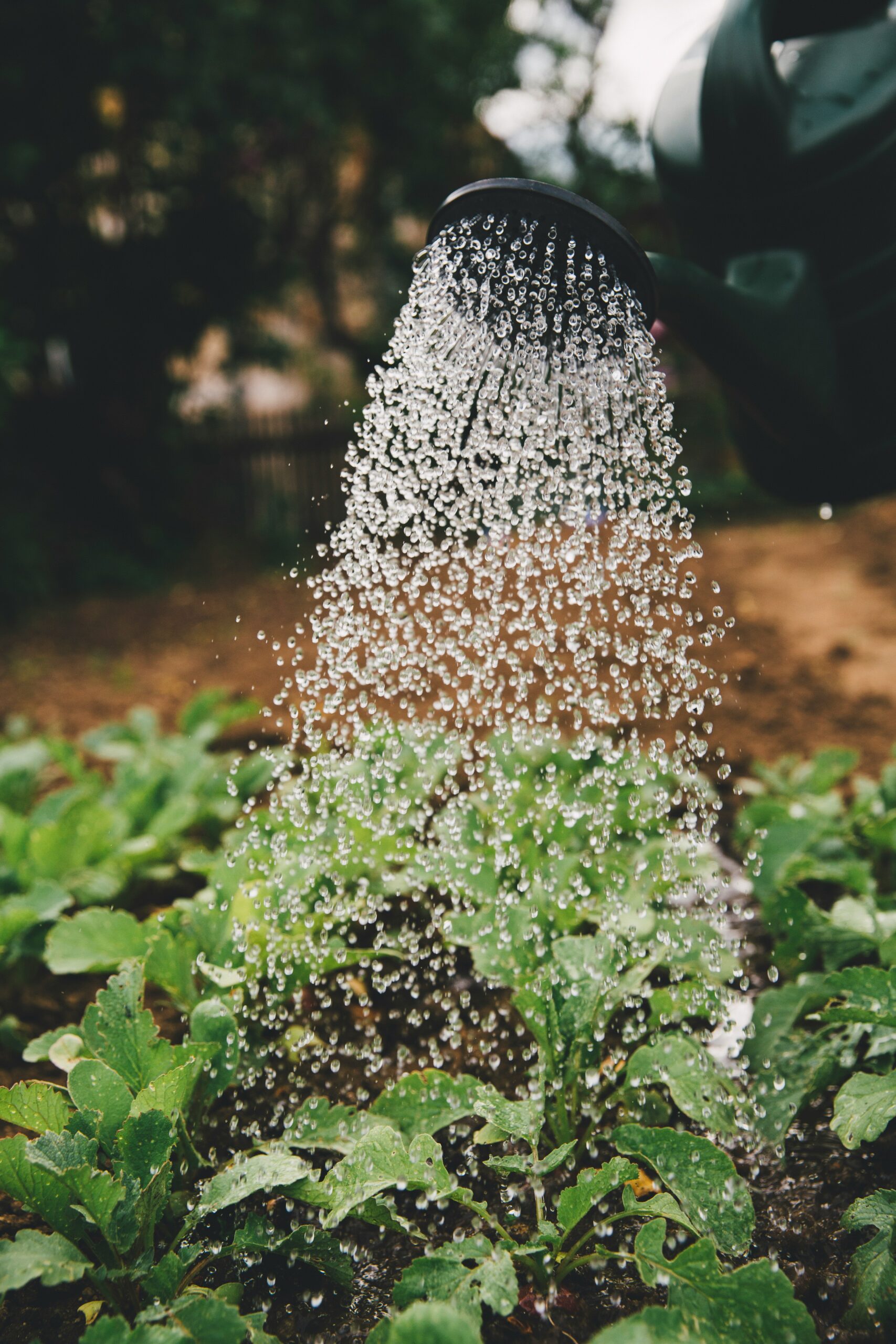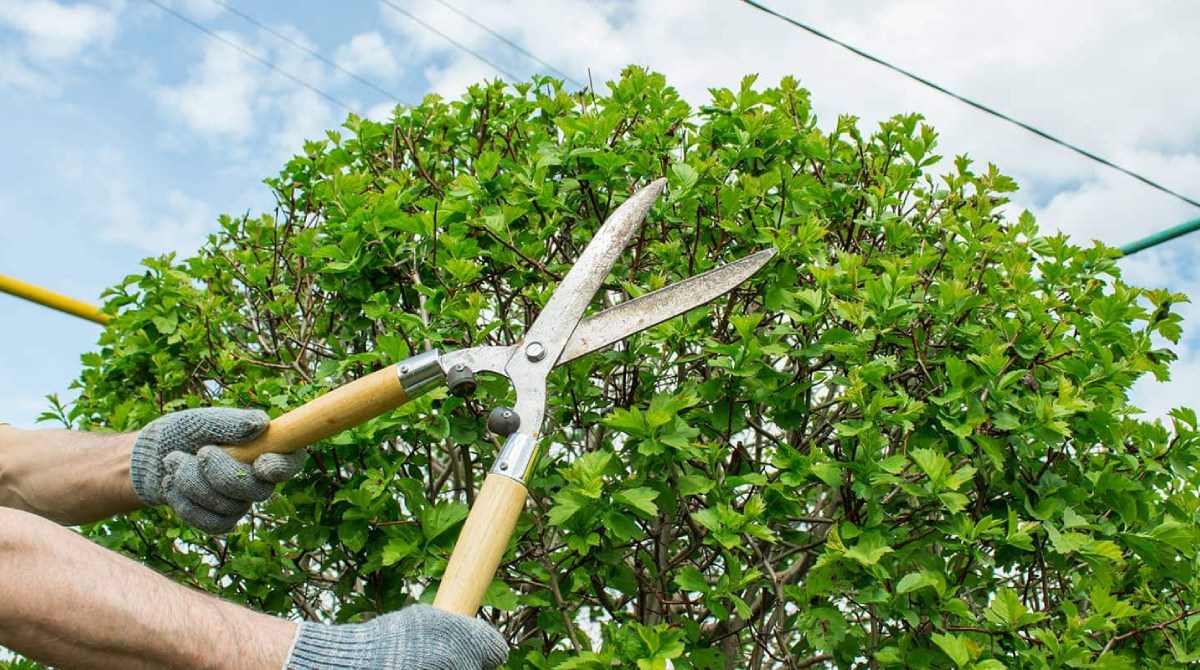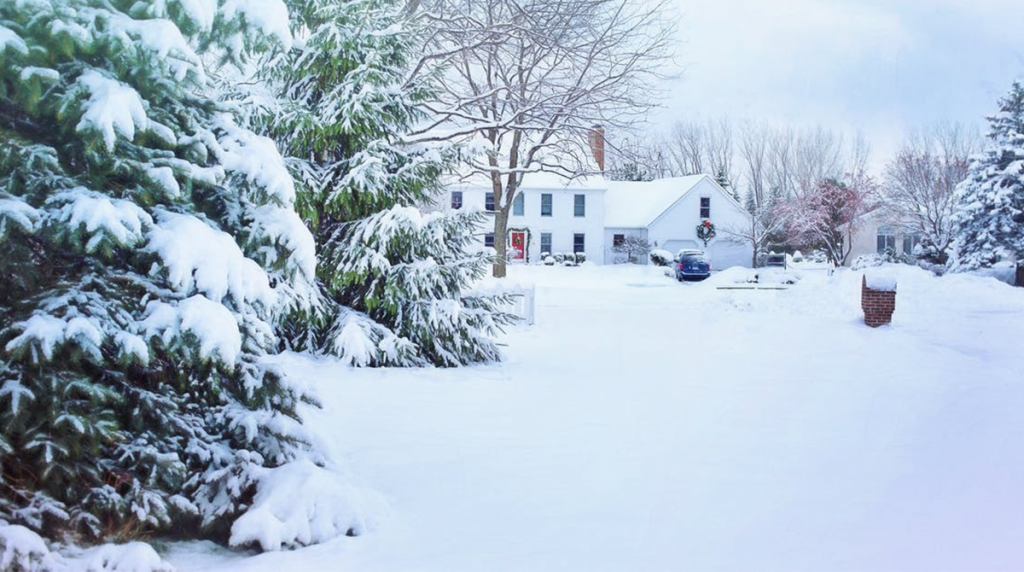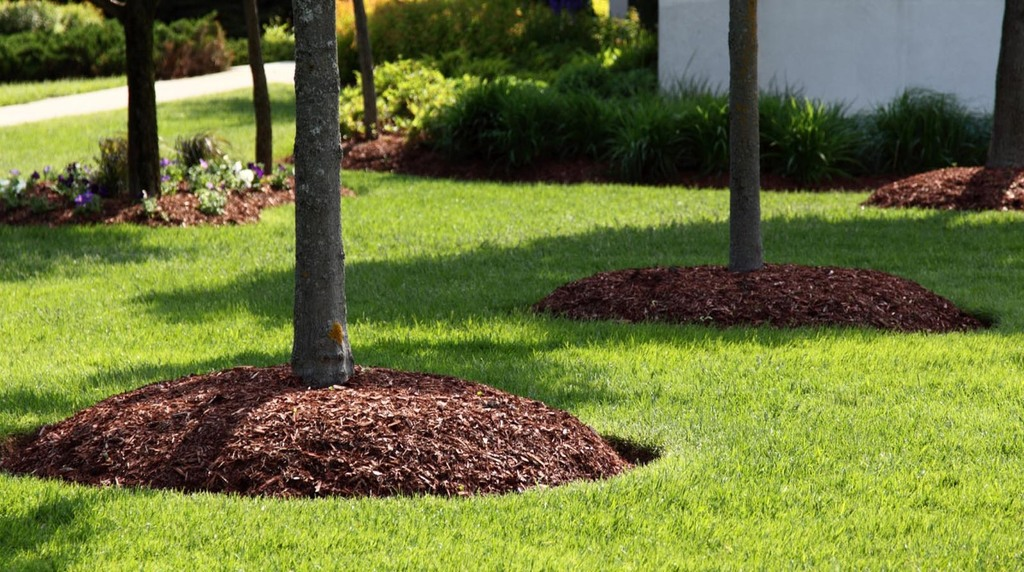
Insects that Threaten Texas Trees
Date July 21, 2020
Category
Trees are some of the largest living things in the world. Yet, they can get infected and killed by some of the smallest insects in the world. This paradox is just the world we live in.
If you are considering planting any trees on your property or already have a few, then you should learn more about the deadliest insects that can threaten these colossal plants.
Texas is home to several insects that can cause a great deal of harm to your trees. Here are the six types of insects you should watch out for in the North Texas region.
Stipplers:
Stipplers are insects that are very similar to spider mites and lace bugs. They eat the underside of leaves and can spread infections from one tree to another. Due to their small size, stipplers may not cause extensive damage to your trees, but they do engage in binge eating frenzies that can cause leaf drop.
Signs of this will almost always include naked spots throughout a tree’s branches. Oaks, Italian cypresses, and arborvitaes attract stipplers. If you need a stippled, bronzed, or bleached appearance on your leaves, then you may have a stippler issue on your hands.
Suckers:
Suckers are a broad category of pests in Central Texas, which include scales and aphids. These pests feed on a wide variety of tree species, such as huckleberry, elm, magnolias, crape myrtles, and pecan trees.
Like stipplers, suckers initially don’t cause a lot of damage to trees. However, these pests can contribute to the growth of sooty and honeydew mold. They can also increase twig dieback.
Suckers are of microscopic size. Finding them won’t be easy. Luckily, before any significant damage is done, you can provide treatment to infected trees and eliminate this problem for good.
Chewers:
Have you ever seen missing pieces on tree leaves? If so, then you may be experiencing a chewer issue. These pests can cause a massive infestation that can damage your trees.
As their name indicates, chewers eat away at leaves on your trees. Evidence of an infestation includes leafy skeletons being left throughout tree branches and limbs. Many caterpillars fall into this category, as they eat the greenery on cypress, oak, juniper, arborvitae, and other trees.
Large infestations can strip entire trees of their vegetation. This can cause a legion of development problems and must be stopped before they worsen.
Gall Makers:
Gall makers are pests that form “galls” or oddly-shaped balls and growths on the roots, branches, leaves, and flowers of several trees in the North Texas region. Hickory nipple gall and oak apple gall are two primary gall found in this region.
There is a caveat to this disease. Galls are generally not deadly to any tree. They are, however, unsightly and can damage the appearance of your trees. If you are concerned with your property value and want to maintain healthy-looking trees, then moving these galls are crucial.
Borers:
Emerald ash, cottonwood, redheaded ash, gum bumelia are some of a few borer species that can harm trees in the North Texas region. The emerald ash borer is the most dangerous of them all.
Originally, this pest came from China in the 1990s and hasn’t stopped killing trees in the United States since then. No matter what the species is, all borers drill deep holes into the barks and trunks of trees, which can reduce its health.
If you are noticing deep holes in your trees, then borers may be causing the issue. Calling an Arborist can deter these insects from becoming a future issue.
Bark Beetles:
Bark beetles are the most common and well-known pest on this list. They are also the most dangerous. Particularly, elm bark beetles can spread Dutch Elm disease to other trees.
These beetles are incredibly dangerous to trees and must be contained. However, due to the prevalence of these insects, it’s often easier to provide treatment to your Elm trees to withstand infection.
Bark beetles are relatively easy to spot. They live under the bark of Elm trees and don’t dig very far into their hosts. If you find a tree that’s been infected by bark beetles, it would be best to contact a Certified Arborist to prevent the possible spread of Dutch Elm disease.
Give Us a Call Today!
Insects can kill trees over time. It’s essential to rid your trees of these pests before extensive damage has been done. To learn more about how we can help out, give us a call at tel:(817) 592-6846.
To learn more about Insects that Threaten Texas Trees, call our Argyle and Southlake based
teams at tel:(817) 592-6846 or send us a message.
We’re a little different than the average tree services company.
Learn more about TreeNewal’s ISA Certified Arborists!
Our Dallas/Fort Worth-based tree doctors can explain how sustainable tree care services add more value to your bottom line.
Healthy trees, healthy lives.








